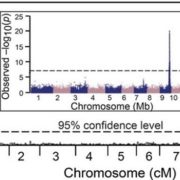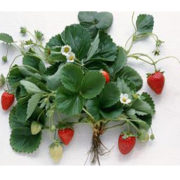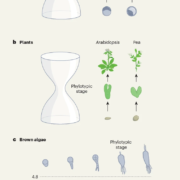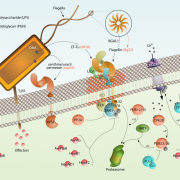Plants make galls to accommodate foreigners: some are friends most are foes (New Phytol)
 Gall formation by plants is a commonly-seen phenomenon that occurs in response to foreign entities (here called “gall-inducers”) such as viruses, bacteria, fungi, nematodes, etc. In this review Harris and Pitzschke set out criteria for what is and is not a gall; by definition the gall is a developmental response of the plant that benefits the gall-inducer, but may or may not benefit the host plant (“gall-former”). As examples, mutualistic galls include root nodules induced by nitrogen-fixing bacteria, whereas roots also form galls induce by pathogenic nematodes. This review explores the developmental and signaling event that occur during mutualistic and parasitic gall formation, drawing on several examples of each, and identify targets for future research. (Summary by Mugdha Sabele and Mary Williams) New Phytol. 10.1111/nph.16340
Gall formation by plants is a commonly-seen phenomenon that occurs in response to foreign entities (here called “gall-inducers”) such as viruses, bacteria, fungi, nematodes, etc. In this review Harris and Pitzschke set out criteria for what is and is not a gall; by definition the gall is a developmental response of the plant that benefits the gall-inducer, but may or may not benefit the host plant (“gall-former”). As examples, mutualistic galls include root nodules induced by nitrogen-fixing bacteria, whereas roots also form galls induce by pathogenic nematodes. This review explores the developmental and signaling event that occur during mutualistic and parasitic gall formation, drawing on several examples of each, and identify targets for future research. (Summary by Mugdha Sabele and Mary Williams) New Phytol. 10.1111/nph.16340









